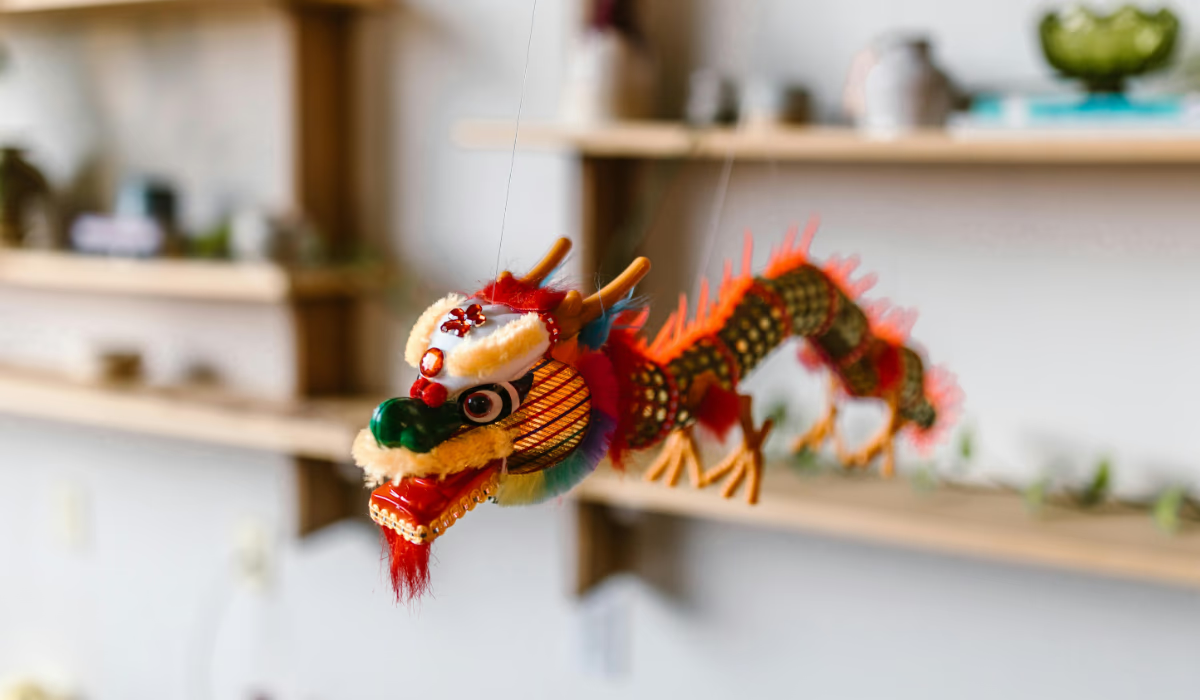Color is one of the most accessible and powerful design tools you have. In feng shui, colors are tied to energetic qualities and elements, and they help shape the feel and flow of your home. By understanding how different hues align with feng shui principles, you can choose colors that encourage harmony, balance, and good energy flow.
This guide will explore the five element color system, the meaning behind common feng shui colors, practical tips for combining hues, and which colors are best avoided in certain rooms. Armed with this information, you can design with both intention and beauty.
The Five Element System & Color Associations
In feng shui, the universe is composed of five foundational elements: wood, fire, earth, metal, and water. Each element corresponds to certain colors, materials, and energy types, and balancing them in your home is essential. These associations are used to choose paint, decor, and accessories that support well-being in different areas.
- Wood: Associated with growth, renewal, and vitality. Green (various shades) and blue-green hues fall under this element, favourable in spaces meant for relaxation or creativity.
- Fire: Represents passion, recognition, and energy. Reds, warm oranges, and vibrant pinks channel that fiery intensity.
- Earth: Grounding, nurturing, and stable. Earth tones like browns, mellow yellows, and warm neutrals help create grounded, comforting spaces like kitchens or family rooms.
Balance among elements is key: too much of one can overpower the space, while too little can leave energy feeling weak.
Common Feng Shui Colors & Their Meanings
Knowing the symbolic energy of each color helps you choose the right tones for each room.
White and metallic hues (silver, gold) align with the metal element. They’re often linked with clarity, precision, focus, and cutting through distractions. These colors can brighten corners and make spaces feel clean and crisp.
Blue and green shades, linked to water and wood, bring calm, renewal, and rejuvenation. Softer tones of blue soothe the mind, while richer greens evoke nature and growth. Used in bedrooms, bathrooms, or areas where rest and reflection are desired, they promote peace.
Red, pink, and bold warm tones are powerful. They draw attention, energize, and can fuel passion or creativity. However, in rooms where calm and rest are needed, these strong tones should be used sparingly—perhaps as accents or small decor rather than full walls.
Matching Colors to Different Rooms
Every room has a purpose and personality. Aligning your color choices with a room’s function enhances both mood and energy.
For living rooms or social areas: use warm earth tones or balanced combinations of wood and metal colors to foster conversation and connection. Light tones help in smaller spaces to keep them feeling open.
In bedrooms: opt for calmer and softer tones—muted greens, pale blues, gentle neutrals. Avoid too much red or high-saturation warm colors, which can stimulate rather than soothe.
In kitchens and dining spaces: warmth is welcome. Rich earth tones or balanced warm colors can stimulate appetite and conversation. Use colors that also make clean-up easy—avoid overly dark colors in zones that see a lot of light or grease.
Colors to Use with Caution & What to Avoid
Even good colors can become problematic if used improperly. Awareness helps you avoid creating imbalance.
Deep blacks or very dark tones can weigh down a space and block vitality, especially when natural light is lacking. If needed, use dark colors in small doses, accent trims, or accessories rather than full walls.
Very pale or icy tones in relaxation zones can sometimes feel too stark or cold. For example, a cold blue or extremely cool white in a bedroom might interfere with intimacy or warmth.
Avoid overuse of red or very intense warm tones in sleeping areas or calming spaces. Loud or abrasive colors may cause restlessness or overstimulation.
Practical Tips for Using Feng Shui Colors Well
Paint in swatches first—look at how light changes during the day and how colors interact with furniture, flooring, and natural light.
Layer colors: use one color for walls, another for trims or furniture, and accent tones to tie things together. This keeps rooms from being monotonous or too busy.
Choose quality finishes: matte or eggshell finishes reduce glare; gloss can amplify light but may exaggerate flaws. Also, maintaining colors—dirty or faded paint can undermine intended energy.
Conclusion
Choosing feng shui colors for your home is more than aesthetics—it’s about intention. By aligning colors with the five elements, matching them to room functions, balancing bold and neutral tones, and applying them thoughtfully, you can create spaces that feel harmonious, lively, and serene. With mindful color choices, your home can support well-being with every hue.
FAQs
Which feng shui color is best for promoting calm in a bedroom?
Soft greens and palest blues are generally soothing and help reduce stress. Neutral tones such as off-white, sand, or warm beige also support relaxation without being cold or stark.
How should I incorporate powerful colors like red?
Use red and other strong hues as accents—pillows, artwork, a single feature wall—so their energy is present without overwhelming a room, especially in bedrooms or places meant for rest.
Are there colors that feng shui suggests avoiding?
Colors aren’t universally bad, but certain tones are less suitable in particular rooms—for example very cold or icy colors in cozy or intimate spaces, or deep dark shades in rooms with little natural light.
Can color combinations affect feng shui energy?
Yes. Combining too many clashing colors or mismatched undertones can create disharmony. Harmonious palettes (using complementary colors or adjacent tones on the color wheel) with balanced element associations help sustain energy flow.







